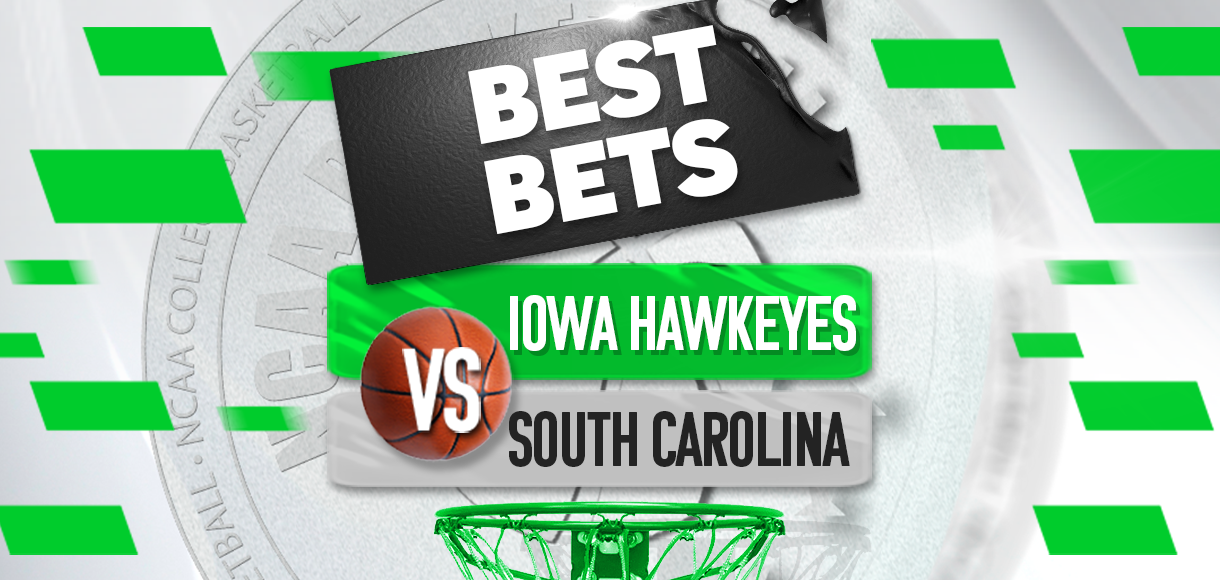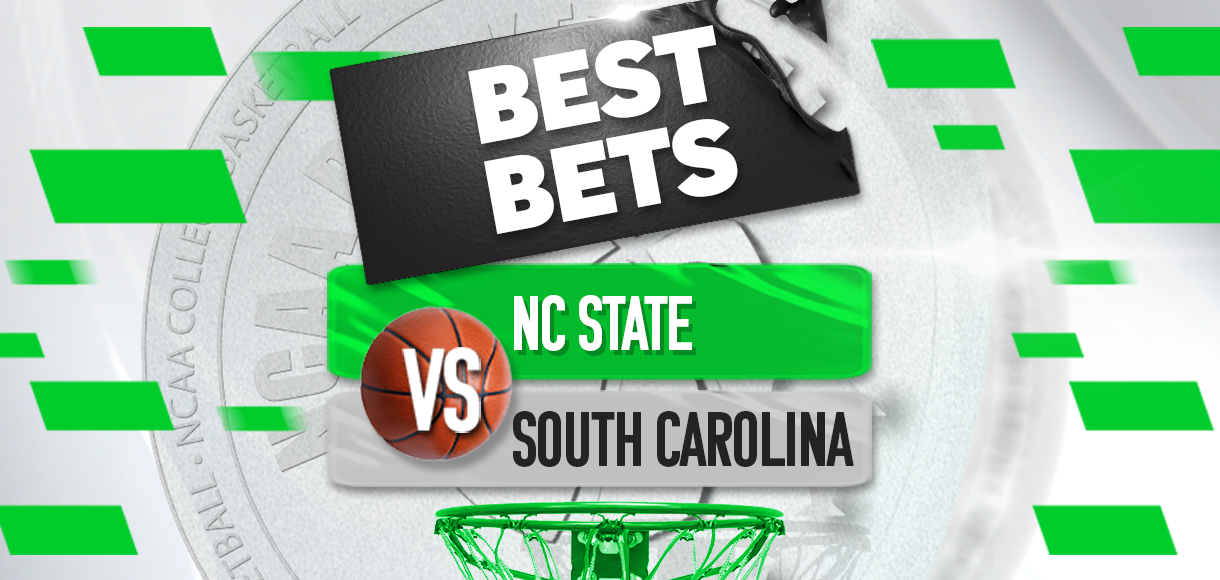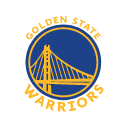What is March Madness?

March Madness is more than just a popular term for the season-ending NCAA basketball tournament. Learn about its history, how it works, and the cultural impact that enchants millions of fans across the U.S.
March Madness is one of the U.S. most popular annual sporting events. It refers to the NCAA Basketball Tournament, which is held each March and April. The NCAA tournament concludes the college basketball season, with the best college basketball teams in the country competing for the national championship. March Madness is a cultural phenomenon that draws millions of basketball fans from all over the country. In this article, we'll go over what March Madness is all about, including its history, how it works, and everything else you need to know.
History of March Madness
The first NCAA Men's Basketball Championship tournament took place in 1939. At that time, there were only eight teams that competed in the tournament -- with Oregon emerging as the first-ever champion. The tournament gradually grew in popularity and size, and by 1975, there were 32 teams participating in the tournament.
The tournament was officially given the name "March Madness" by CBS sports commentator Brent Musburger in 1985. The term quickly caught on with fans and has been used ever since to describe the tournament. Find out more about the fascinating history of March Madness.
How March Madness Work
March Madness is a single-elimination tournament, which means each team has to win every game to remain in competition. The 68 teams that make it to the tournament are divided into four regions, each with 16 or 17 teams. The teams are seeded from 1 to 16 based on their performances during the regular season and conference tournaments. The top-seeded team in each region plays the 16th seed, the second seed plays the 15th seed, and so on.
Here is how the NCAA basketball tournament is structured:
Selection Sunday
The NCAA Men's Basketball Tournament starts with March Madness Selection Sunday, which takes place this year on Sunday, March 17. On this day, a selection committee made up of college basketball experts and administrators determines which 68 teams will participate in the tournament. The committee considers various factors, such as a team's overall record, strength of schedule, conference championships, and individual player performances.
First Four Round
The tournament begins with the March Madness First Four. This round is a relatively recent addition to the tournament, having been introduced in 2011. It consists of four games played between eight teams that were on the bubble of making the tournament. The games match the four lowest-seeded automatic qualifiers against the four lowest-seeded at-large teams.
Winners of these games advance to the main bracket -- the Round of 64 -- where the real action begins.
First and Second Round
The Round of 64 and the Round of 32 are played over the first four days of the tournament and are referred to as the first weekend of March Madness.
These rounds involve 64 teams are divided into four regions. Each region has 16 teams, and each team is ranked from 1 to 16 based on its performance during the regular season. The March Madness First Round consists of 32 games played over two days, followed by the March Madness Second Round consists of 16 games played over two days as well. The winners of these rounds advance to the March Madness Sweet Sixteen round.
Sweet Sixteen Round
The March Madness Sweet 16 is the tournament's third round, and it features the remaining 16 teams. These teams are organized into four regions, each of which has four teams. These games' winners advance to the Elite Eight.
Elite Eight Round
The March Madness Elite 8 is the fourth round of the tournament and involves the remaining eight teams. These teams are divided into two regions, each with four teams. The winners of these games advance to the Final Four.
Final Four Round
The March Madness Final Four is the penultimate round of the tournament and involves last four surviving teams. These teams play each other in two semifinal games, and the winners of these semifinals advance to the championship game, which is the final round of the tournament.
NCAA Championship Game
The winners of the two Final Four games advance to the March Madness Championship game, which is played on the first Monday in April. Which team would you bet on winning it all this year?
Why is March Madness so popular
There are several reasons why March Madness is such a popular event. For one, the tournament is full of drama and excitement, with each game ending one of its teams’ seasons. The single-elimination format also means that anything can happen, with lower-seeded teams often pulling off upsets over higher-seeded opponents.
Here are some reasons why this NCAA tournament is so popular in the U.S.
March Madness Fans Involvement
March Madness is famous for its electric atmosphere generated by passionate fans. Millions of people fill out paper or online brackets that predict the outcomes of each game. These brackets are often used to create friendly competitions between friends, colleagues, and family members. The tournament also features various traditions, such as CBS broadcasting its annual "One Shining Moment" music video after the championship game to revisit the entire tournament’s most memorable events.
March Madness Bracketology
March Madness Bracketology is a term that describes the process of predicting the outcomes of each NCAA basketball tournament game. It has become a popular pastime among fans, and many people use various methods, such as statistical analysis and gut feelings, to create their brackets. Some fans even participate in bracket challenges, where they compete against others to see who can come up with the most accurate bracket.
Fans enjoy filling out their brackets and competing against their friends, family, and coworkers to see who can pick the most winners. The bracket has become such a cultural phenomenon that it is estimated more than 60 million people (about twice the population of Texas) fill out brackets each year.
Financial Impact
March Madness has a significant financial impact on the NCAA, the schools involved, and the cities that host the tournament games. The NCAA earns most of its revenue from the tournament, with broadcasting rights being the primary source of income. MediaRadar, an advertising data firm, has estimated that more than $1 billion is spent on advertising across the multiple TV networks that broadcast NCAA tournament games.
Cities that host tournament games also see a boost in tourism and local spending.
Impact on College Basketball Players and Coaches
March Madness also has a significant impact on players and coaches who participate in the tournament. For many of these athletes, the tournament represents the pinnacle of their college basketball careers. It provides them with the opportunity to showcase their skills on a national stage and potentially improve their prospects for pro careers in the NBA or overseas leagues.
Coaches also have a lot at stake during March Madness, since a deep tournament run can boost their reputations and potentially lead to better job opportunities. Conversely, an early exit can put their jobs in jeopardy.
Given its popularity and the excitement it generates, March Madness has become a staple of American sports culture and can be life-changing for many of the individuals involved.
March Madness FAQs
How many teams participate in March Madness?
68 teams participate in the NCAA Men's Basketball Tournament.
How are teams selected for March Madness?
The teams are selected by a committee of 10 members, who evaluate the performance of each team throughout the regular season and conference tournaments. Strength of schedule, overall record, and quality wins are among the factors committee members consider.
What is a March Madness bracket? A bracket is a chart that displays the matchups between the tournament teams. The bracket is divided into regions, with each region containing 16 teams. The teams are seeded from 1 to 16 in each region, with the top seed playing the lowest seed in the first round.
What are some of the traditions associated with March Madness?
One of the most popular traditions on the night of the championship game is the playing of "One Shining Moment," a music video that highlights the best moments of the tournament. Additionally, many fans participate in bracket challenges to compete against each other in predicting the winner of each game.
What is the financial impact of March Madness?
The tournament generates significant revenue for the NCAA, its schools, and cities that host games. In 2019, it generated an estimated $1.9 billion in revenue.
Bet on NCAA Basketball Odds at Betway
Find season long NCAAB odds on the Betway sportsbook. You'll find all the latest spreads, totals, money lines and over/under. Missed tip off? No problem, Betway also offers live betting. All your NCAAB betting needs are covered at our online sportsbook.
Visit Betway’s NCAAB picks page for picks and predictions throughout the season.
College Basketball Betting ExplainedHow to bet on college basketball
























